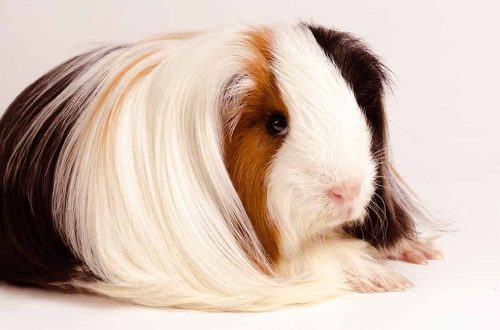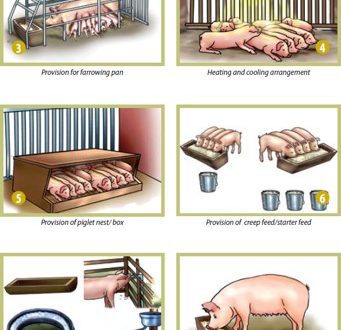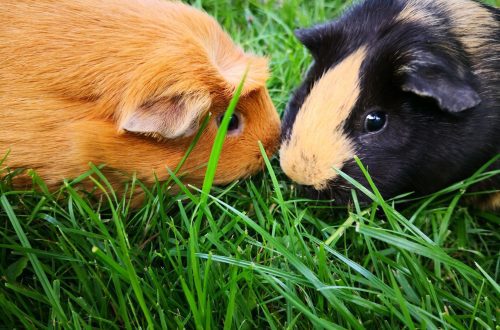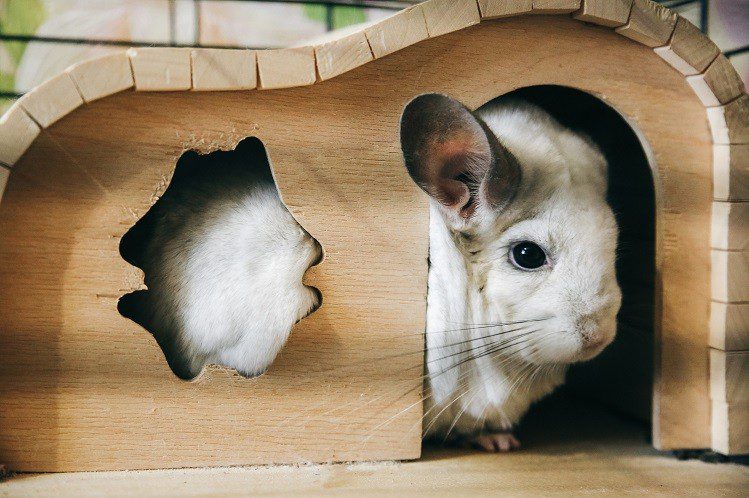
Do rodents need a house and what kind?
The future owner of a rodent, buying everything necessary for his pet, will definitely find a house in the shopping list. Do all rodents need a home? and how to choose it correctly – this is our article.
Any domestic rodent, be it a rat, mouse, guinea pig, hamster, chinchilla or degu, needs a secluded place where you can hide from prying eyes and relax.
Shelter for small rodents is a paramount necessity. In nature, these animals are forced to hide from predators. And although at home the rodent does not need to fight for life, the instincts do not go anywhere. Anything, even the slightest noise, can scare the baby. If the animal has nowhere to hide, he will get a lot of stress. And since the heart of most rodents is very fragile and fearful, it can not stand it.
The house saves the rodent from stress, and at the same time helps to hide from the cold and draft. Yes, and sleeping in the house is much calmer and sweeter.
All rodents should have a house in a cage. Now let’s figure out how to choose a house for a pet and what materials it can be made of.

First of all, pay attention to the size: you need to focus on the maximum possible size of your pet in adulthood. It will be a shame if you spend money on a great house, and the grown rodent will barely fit in it. Buy a house with a margin so that the animal fits in it completely and can take any position.
Consider the number of animals. Mice, rats, pigs live in groups and like to be together in the same house: it’s warmer and more fun. Choose a shelter where all your wards will fit – and no one will be offended.
It is desirable that the house has several entrances and exits. This is a matter of comfort and psychological health of the rodent. If one animal wants to go outside, and the passage is closed by a relative, the baby will have a problem. Most likely, trying to get out, he will cause inconvenience to a friend and quarrel with him. The house must have at least two exits.
The next very important criterion for choosing a house is the material. Rodents are rodents for that, they need to try everything by heart. Therefore, the choice of material for shelter must be approached with special responsibility so as not to harm the pet.
Most often, pet stores sell houses made of the following materials:
Wood. Houses for rodents made of wood are most often found on the pet supply market. It would seem that this is an ideal material for a rodent dwelling, but it has its drawbacks. Wood products can be treated with chemicals and stained. Having tried such a house for a tooth, a rodent can get poisoned and even die. Please make sure the material is non-toxic before purchasing. The second problem is that wooden houses are difficult to wash and disinfect. Liquids are absorbed into the tree, it deteriorates over time, and parasites can start in the cracks of the tree.
Vine and vegetable fibers. The second most popular houses are wicker nests made from natural materials. Such a house looks very impressive, but you should not count on its durability: the “braid” easily absorbs odors, quickly wears out from the action of restless rodent teeth and is poorly cleaned.
Plastic. Such houses are inexpensive, and the owners can afford to change them often. That’s just plastic houses for rodents do not pass air well, there will be no normal ventilation inside them. If a plastic shelter can still save in the cold, then in the summer heat it will turn into a sauna. If the plastic is cheap and crumbles, then when a rodent tries to chew it, it can provoke injuries to the oral cavity and gastrointestinal tract. If you still settle for plastic houses, give preference to those that have holes for ventilation. Do not skimp on the accessory: choose a more expensive, but high-quality plastic. For large and mobile pets (chinchillas, rats, pigs), a plastic house may not be suitable, because. they will turn it around.
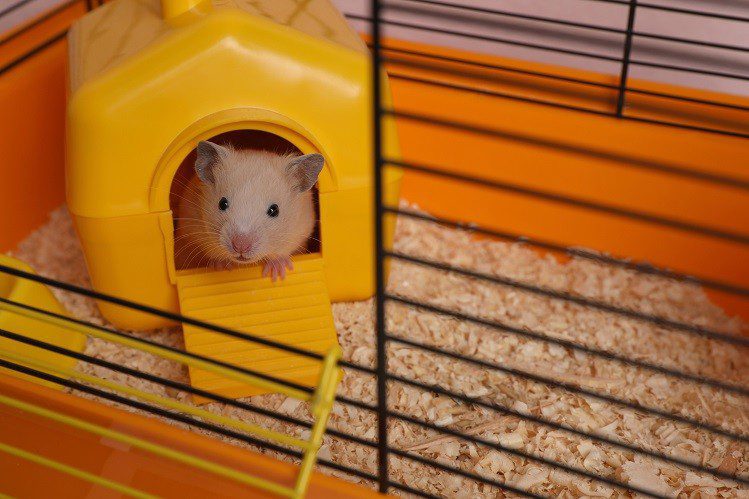
Textile. Fabric houses and hammocks, in which chinchillas and rats like to rest, are very convenient to wash. But they do not last as long as we would like. To keep the cage clean, you will have to buy at least two fabric houses or hammocks: while one is drying after washing, the other is in the cage.
Ceramics. Great choice for a home. Ceramic is moisture resistant, easy to clean and hard to move. However, you should be careful with ceramic products: they will break if dropped from a great height. In summer, the animal will be cool and comfortable in a ceramic hut, but for the winter it is better to clean it up and replace it with a warmer house.
Felt. Like the fabric, it is quite comfortable and rodents really like it. But felt is much stronger than fabric, so it will last a little longer. Hiding from drafts in such a house is a sweet thing. But the air exchange in it is not as good as we would like. And felt absorbs moisture instantly, and dries for a long time.
Depending on the variety of your pet, its mobility and size, you can choose a variety of shelters: in the form of houses or nests, corner, multi-storey, hanging. And you can also make a house for rodents with your own hands. The main thing is that the material is safe.



